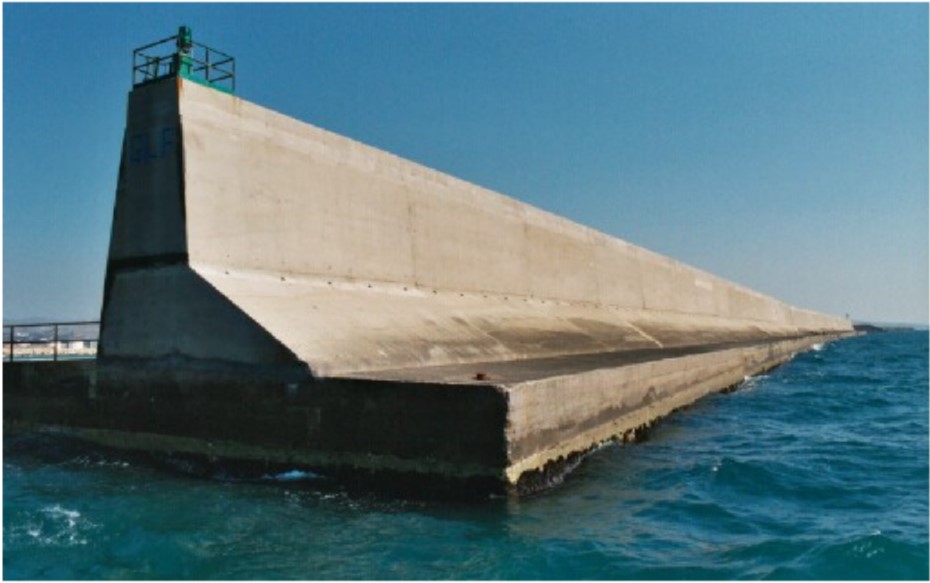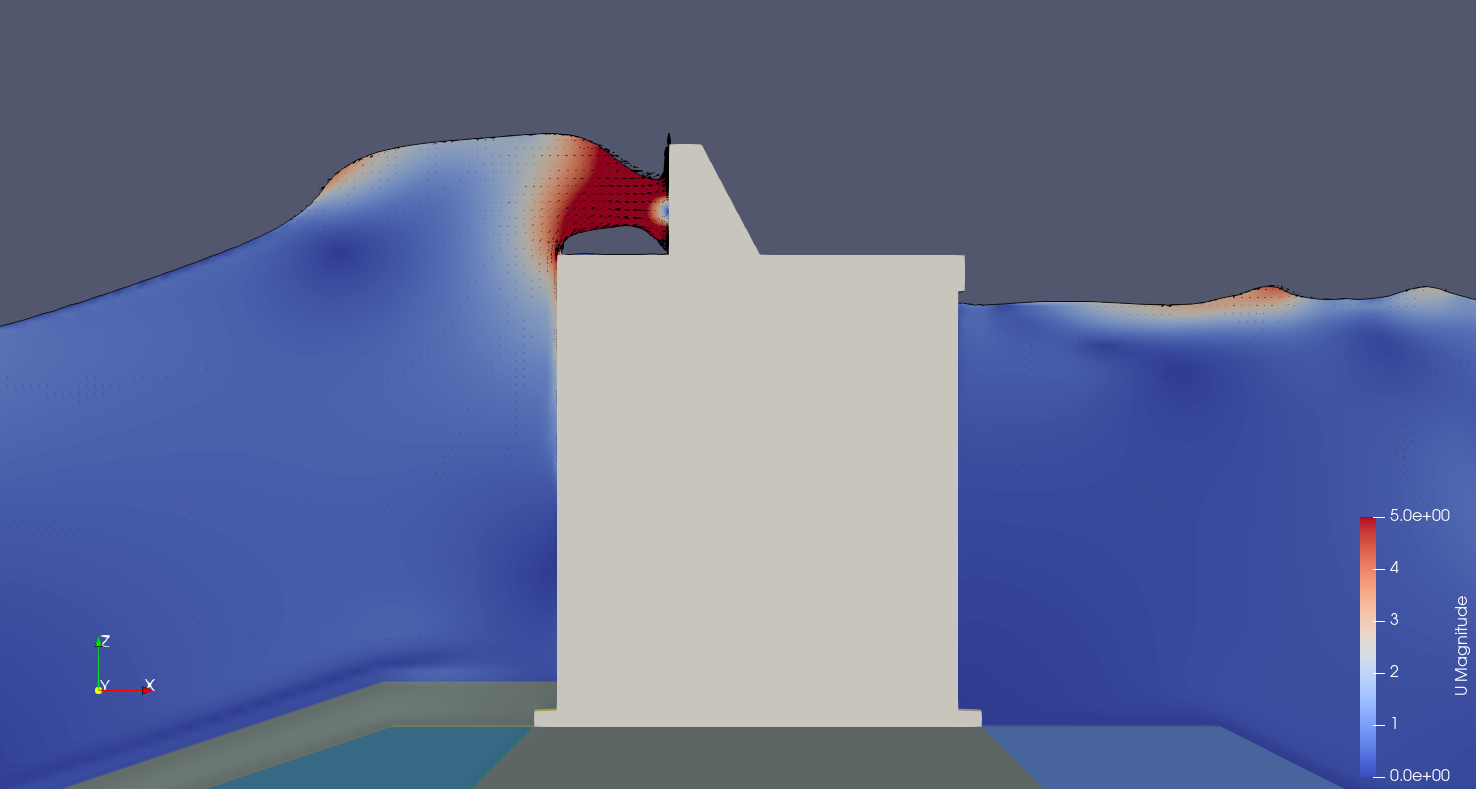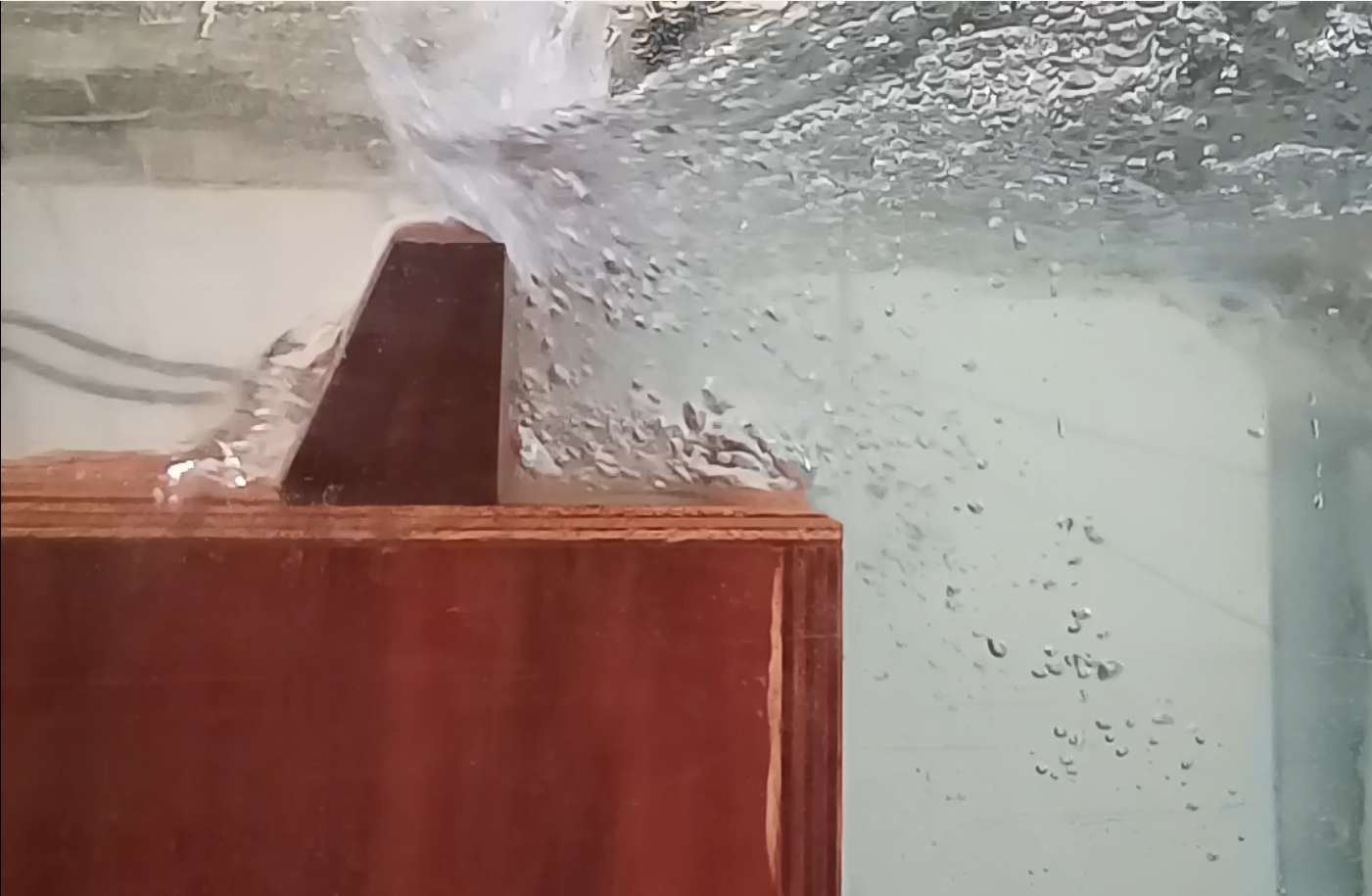IHCantabria participated in a research that provides relevant information to protect ports from wave action.

The Civitavecchia dam, located in Italy
The results of this study, in which a researcher from IHCantabria participated, have relevant implications for improving the design of vertical breakwaters and for the optimization of coastal protection structures
Coastal protection structures play a crucial role in safeguarding coastal areas, especially in times of high winds and storms. This is the premise of a study that analyzed a problem related to the optimization of caissons, a type of maritime work that is usually used in relatively deep waters (between 20 and 50 meters draft), to protect ports from wave action. Their results provide insight into how important the position of the crest wall is, as it can significantly affect the forces and moments acting on coastal protection structures.
“The results are partly surprising, because the forces acting on the caisson vary significantly, depending on the position of the wall. The time lag of the forces only plays a significant role when the wall is in a position far enough away from the seaward edge of the caisson. On the other hand, if the wall is too close, no benefit is obtained, and it could even result in impulsive loading on the structure.” This is explained by Alessandro Romano, first author of the article in which the results of the study were reported in the scientific journal Coastal Engineering. Romano is a researcher at the Environmental Hydraulics Institute of the Universidad de Cantabria (IHCantabria) and professor of coastal and harbor engineering at the Università di Roma Tre (Italy), a university to which the other author of the article, Giorgio Bellotti, is also linked.
In their paper, these authors reported fundamental advances in improving the understanding of wave forces in composite vertical breakwater structures. His study represents one of the first investigations on the subject, according to Romano, who emphasizes that the objective of this line of research is to present preliminary experimental evidence that will be used as a basis to provide, in the future, some design guidelines or technical recommendations for this kind of structures.
The experimental work reported by these two researchers tested different wall configurations, showing reductions of up to 31% in overall forces under high energy waves and up to 10% in low energy waves. In addition, he noted increases of up to 300% in wave wall forces in low energy conditions and between 25% and 50% in high energy conditions. These findings have critical implications for the design of composite vertical breakwaters.
The aforementioned study emphasized the importance of considering the dynamic response of these structures to impulsive loads, highlighting the need for more customized and cost-effective design criteria for composite vertical breakwaters. He also raised ideas that could inspire the formulation of future research on irregular wave effects and a deeper integration of physical and numerical models.
Therefore, the work developed by researchers Alessandro Romano and Giorgio Bellotti not only offers relevant advances in the field of coastal engineering, but could also lead to significant economic savings in this area, as well as opening up new avenues for innovative solutions in coastal protection.
More information on this study and on the article in which its results were published, in the journal Coastal Engineering, through the following link: https://doi.org/10.1016/j.coastaleng.2023.104396

Photo illustrating the result of a CFD numerical simulation in OpenFOAM, to understand the problem addressed in the study

This study reported fundamental advances in improving the understanding of wave forces in composite vertical breakwater structures



